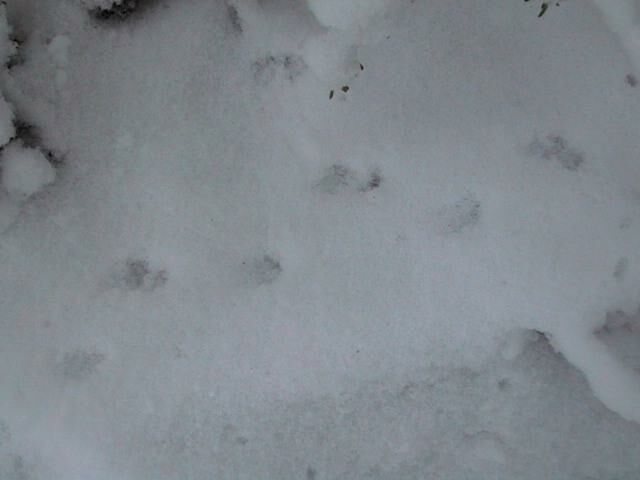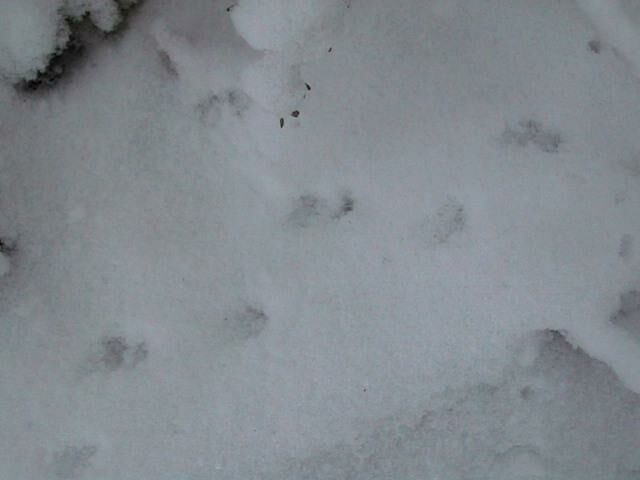Voles have small ears, blunt snouts, and short tails relative to the deer mouse. We have 13 species in Oregon (not counting the muskrat which I have described separately). These species are adapted to a variety of habitats and range in size from 5-10".
The meadow voles (Microtus sp.) generally have distinctive runways and burrows in the grass. Other species have less obvious sign. For example, the red tree vole lives its life in the canopy of the mature douglas fir forest and leaves only a few slender resin ducts from the needles it eats in the duff around the tree. While voles are active all winter, they stay in the subnivean zone under the snow so tracks are uncommon.
|
Species |
Habitat and Distribution |
Typical Sign |
|
Townsend |
Moist habitats of western Oregon |
Clipped runways in grass or sedges, 2-3" diameter |
|
Montane |
Mountain meadows of eastern Oregon |
Clipped runways in grass, piles of clipped grass stems w/o seed head |
|
Creeping |
Moist forest and clearcuts in coast range and western Cascades |
Burrows, sometimes creating ridges similar to moles |
|
California |
Clearcuts and grassland in southwestern Oregon |
|
|
Gray-tailed |
Agricultural land in Willamette Valley |
Runways and burrow |
|
Long-tailed |
Dry upland meadows |
Runways and burrows |
|
Richardson's water |
Riparian areas of Cascades |
Burrows (3" diameter) near stream, well worn trails strewn with cut grass and sedge |
|
Western red-backed (Clethrionomys californicus) |
Old growth with deadfall in coast range and western Cascades |
|
|
Gapper's red-backed (Clethrionomys gapperi) |
Dense spruce-fir forest with deadfall in Wallowas |
4" round grass nest |
|
Sagebrush (Lemmiscus curtatus) |
Sagebrush |
Clusters of burrows |
|
Red tree vole |
Arboreal in Douglas fir, coast range and western Cascades |
Resin ducts discarded when eating Douglas fir needles |
|
Heather |
Varied and widespread but uncommon |
Shallow burrows under logs or rocks |
|
White footed |
Rare |
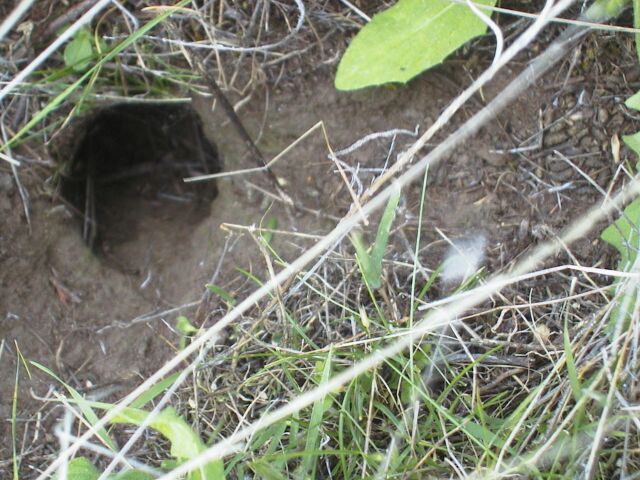
Look for clipped grass
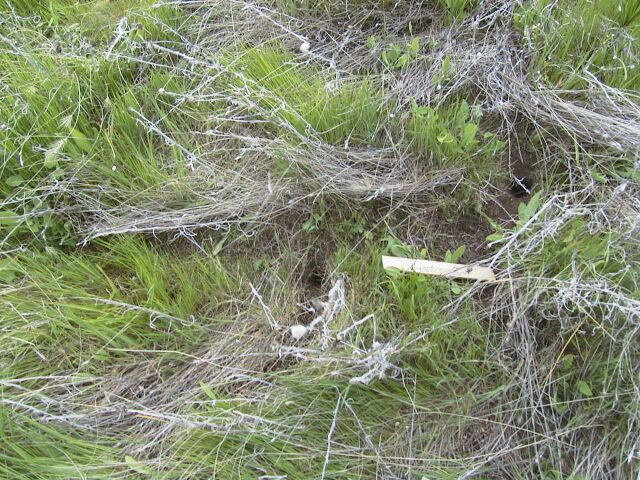
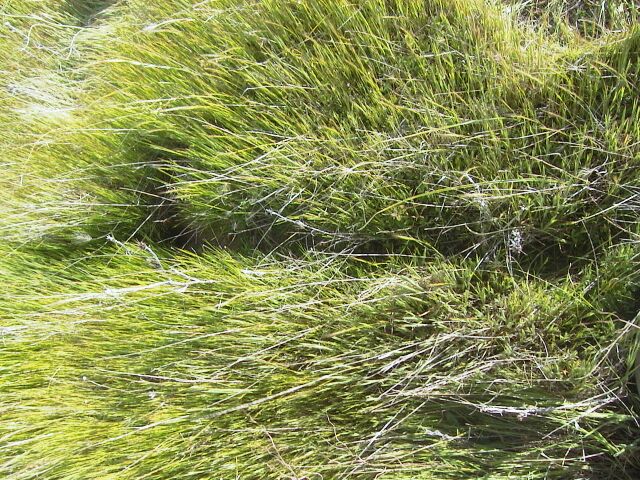
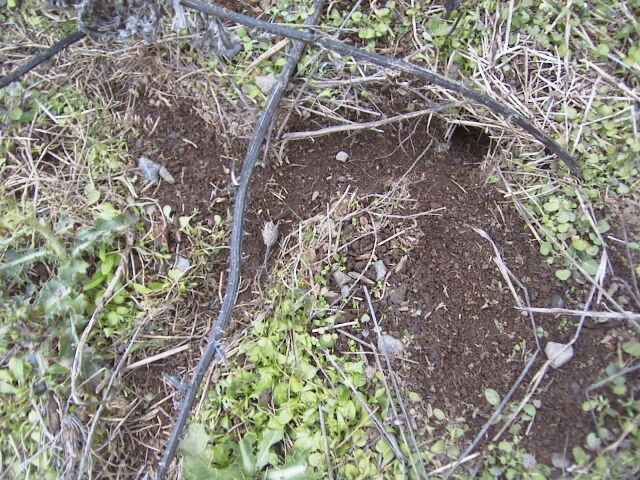
Unlike most small mammals, voles have an alternating stride. However, the stride can switch to a bound.
